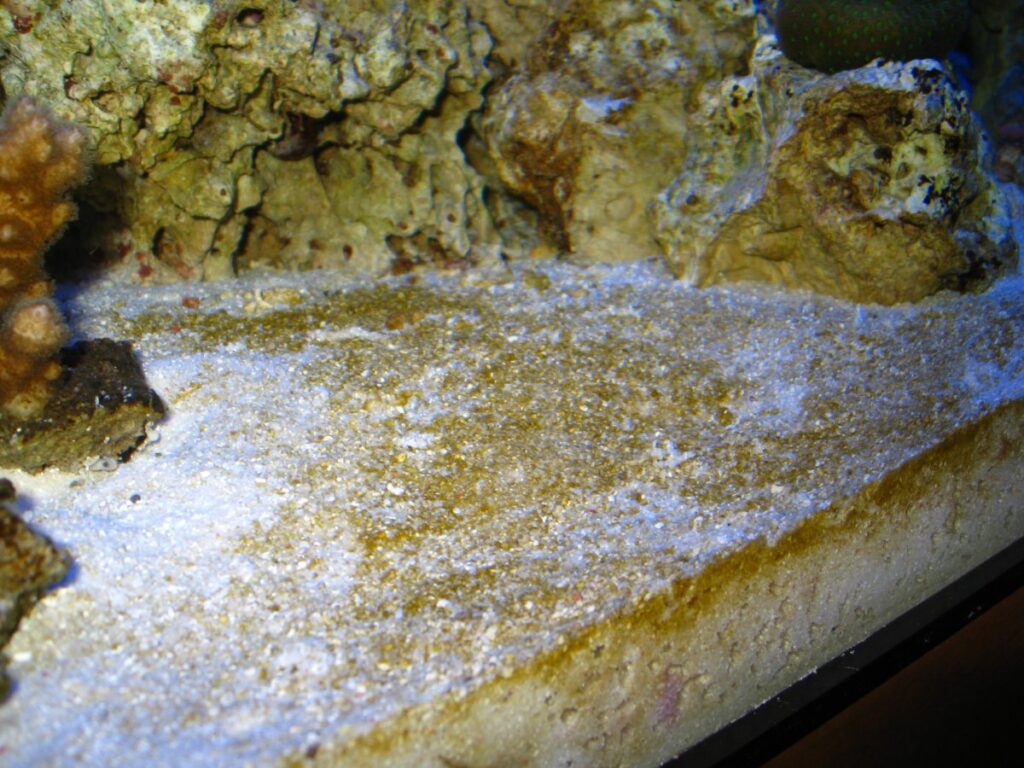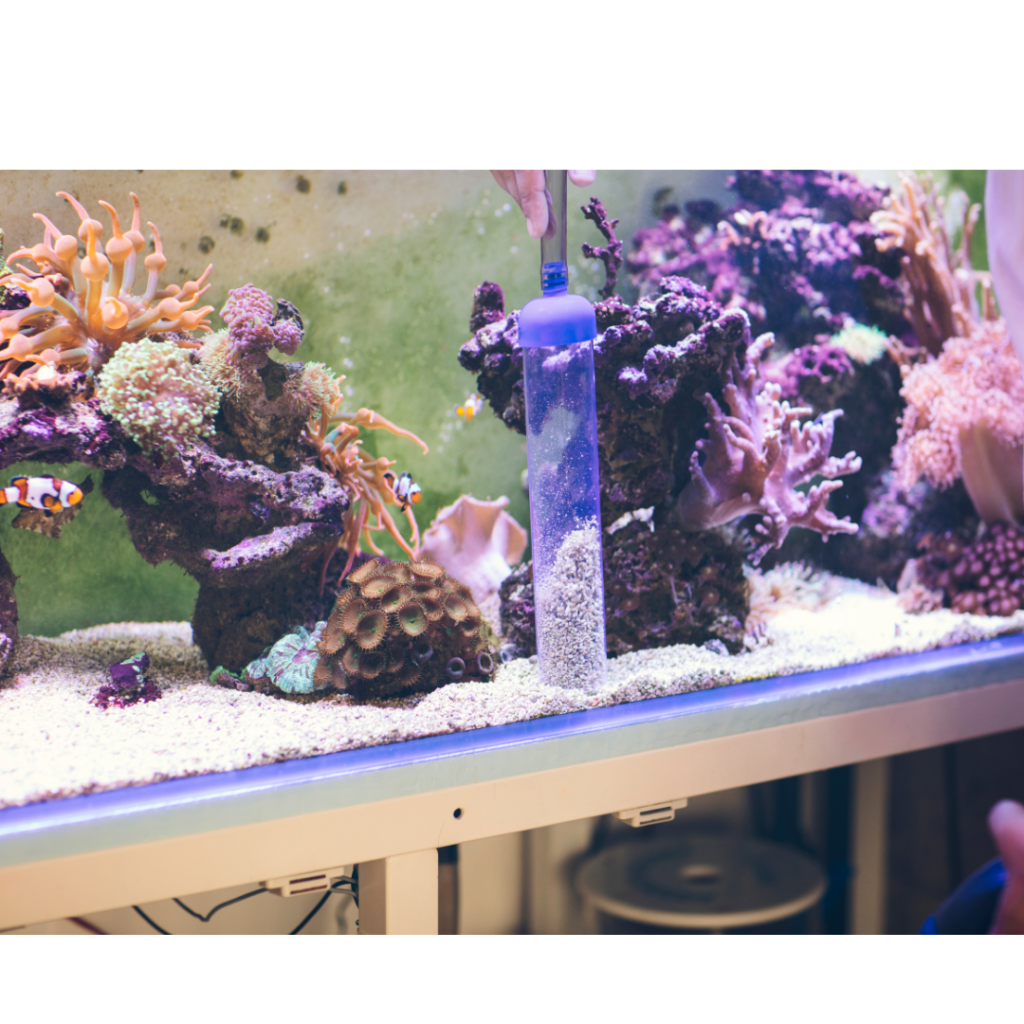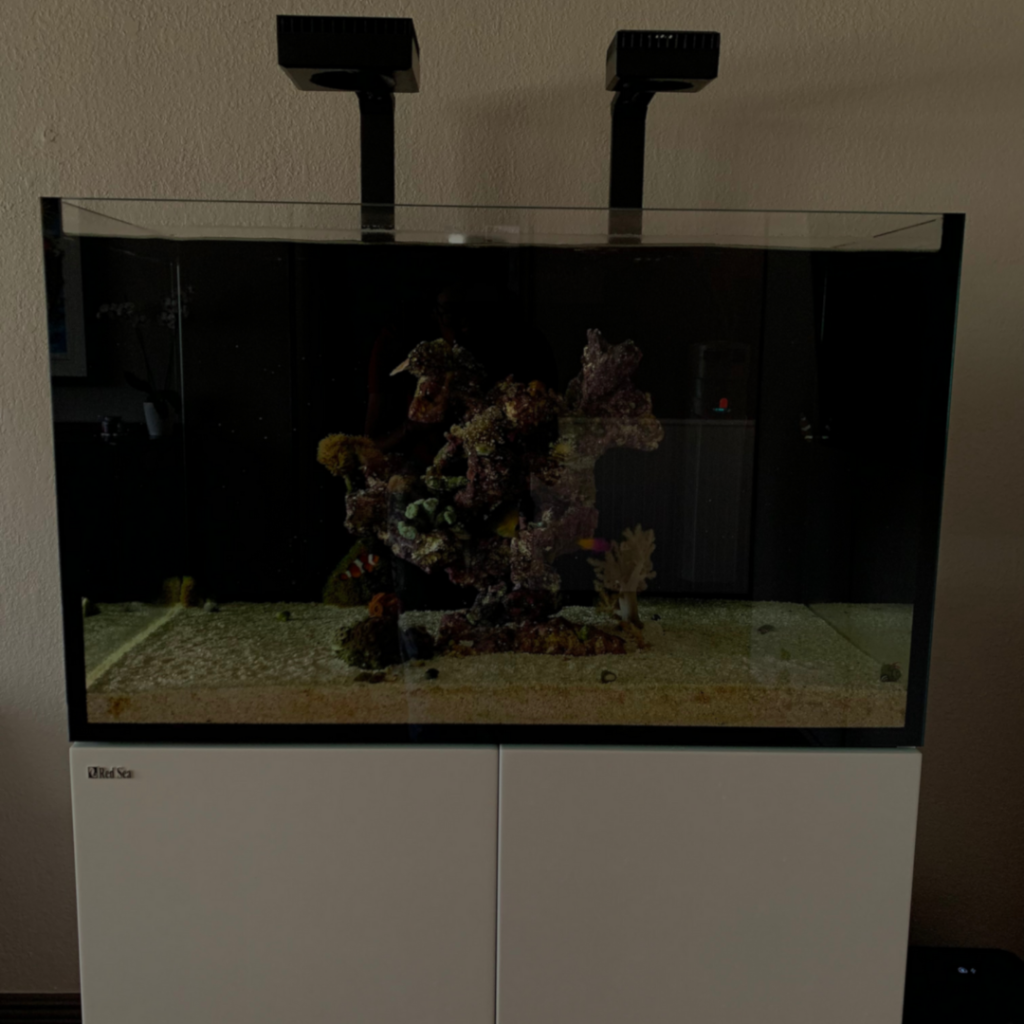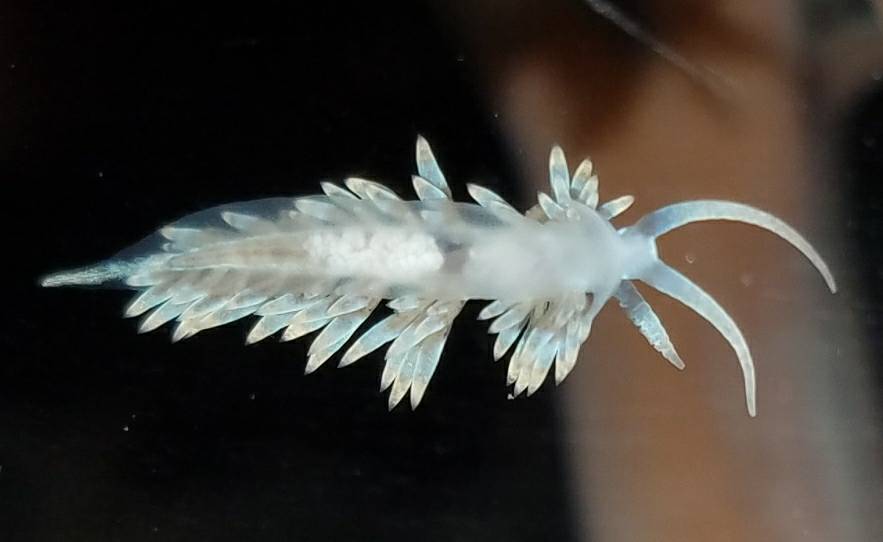Diatoms are a common issue for saltwater aquarium enthusiasts, particularly in reef tanks. These single-celled algae can create an unsightly brown film on tank surfaces. In this reeferwiki article, we will address what eats diatoms, how to manage diatoms , and how to get rid of diatoms. By understanding diatoms in saltwater tank environments, you can ensure a thriving ecosystem for your aquatic inhabitants.
What Are Diatoms?
Diatoms are a type of algae that consists of single-celled organisms. They have a unique feature, which is their silica-based protective shell, also known as a frustule.
These microscopic algae are found in various aquatic environments, including oceans, rivers, lakes, and even moist terrestrial habitats. Diatoms play an essential role in aquatic ecosystems, as they form the base of the food chain and contribute significantly to oxygen production through photosynthesis.
In a saltwater tank, diatoms can become a nuisance due to their rapid growth under certain conditions. They are not harmful to fish or plants but can be aesthetically displeasing and indicate an imbalance in your aquarium’s ecosystem.
The presence of diatoms is often the result of excess nutrients, especially silicates, phosphates, and nitrates. These nutrients can come from various sources, such as tap water, fish waste, uneaten food, and decaying organic matter.
In some cases, diatoms may also be present in newly established aquariums due to the initial fluctuations in water parameters.
How to Identify diatoms

Diatoms can be easily identified by their appearance and texture. They tend to form a brown, slimy film that covers various surfaces in the aquarium, such as the glass, substrate, decorations, and even plants or corals.
The brown color is a result of the diatoms’ pigments, which help them absorb light for photosynthesis. In addition to their color, diatoms have a unique texture, which sets them apart from other types of algae. They are not slimy to the touch, but instead feel gritty or sandy. This is due to their silica-based protective shell, which gives them a distinct roughness.
Under a microscope, diatoms exhibit various shapes and intricate patterns on their frustules, which can be quite fascinating. However, in the context of an aquarium, their rapid growth and unsightly appearance are generally unwelcome.
Identifying diatoms based on their appearance and texture is crucial in determining the appropriate steps to eliminate them and restore balance to your aquarium.
What Causes diatom blooms in your saltwater tank
Several factors can contribute to diatom growth in an aquarium. The most common cause is an excess of nutrients, particularly silicates, phosphates, and nitrates. These nutrients can come from multiple sources, such as tap water, fish waste, uneaten food, and decaying organic matter. High nutrient levels can encourage rapid diatom growth, leading to the formation of the characteristic brown film on aquarium surfaces.
Inadequate filtration can also contribute to diatom growth, as it may not effectively remove excess nutrients from the water. Overfeeding your fish is another factor that can lead to increased nutrient levels and subsequent diatom growth.
Providing more food than your fish can consume within a few minutes can result in leftover food breaking down and releasing nutrients into the water.
Excessive light exposure is another factor that can encourage diatom growth. As photosynthetic organisms, diatoms require light to produce energy. Prolonged light exposure or placing your aquarium near a window with direct sunlight can provide excessive light, promoting diatom growth.
How to Get Rid of diatoms in your reef tank

To effectively eliminate diatoms from your aquarium, it is crucial to address the root causes of their growth. Here are some steps you can take to remove diatoms and restore balance to your aquarium:
- Perform regular water changes: Change 10-20% of the tank volume weekly to remove excess nutrients and maintain water quality. This will help prevent diatom growth by reducing nutrient levels in the aquarium.
- Limit light exposure: Reduce the amount of light your aquarium receives to 8-10 hours per day and keep it away from direct sunlight. This will limit the energy available for diatoms to grow and multiply.
- Improve filtration: Upgrade your aquarium’s filtration system to remove excess nutrients more effectively. This may include adding a phosphate-absorbing media or a protein skimmer to your filter setup.
- Control feeding: Feed your fish only what they can consume within a few minutes and remove any uneaten food promptly. This will help minimize the introduction of excess nutrients into the aquarium.
- Clean surfaces: Use an algae scraper or sponge to remove diatoms from aquarium surfaces. For stubborn areas, you can use a toothbrush or other small brush to gently scrub the affected spots.
- Increase your tanks water flow: Adequate water circulation is crucial for the overall health of your aquarium, as it helps to distribute nutrients, oxygen, and heat evenly throughout the tank. An increased flow rate can help to prevent diatoms from settling on surfaces, such as rocks, sand, and the aquarium glass, by keeping them suspended in the water column
What Eats Diatoms
Introducing certain algae-eating fish and invertebrates can help control diatom growth by consuming them. These natural predators can be an effective and eco-friendly solution to managing diatom populations in your aquarium. Some effective diatom consumers include:
Nerite Snails: These hardy snails efficiently consume diatoms and other types of algae. They are compatible with a variety of tank environments and make a great addition to your clean-up crew.
Turbo Snails: Turbo snails are voracious algae-eaters and a popular choice for saltwater tanks. They can consume significant amounts of diatoms, helping to keep your aquarium clean.
Hermit Crabs: Many species of hermit crabs, such as the Blue Legged Hermit Crab and the Scarlet Reef Hermit Crab, can assist in controlling diatom growth by consuming them as part of their diet.
How to prevent diatom blooms
Preventing diatom growth is essential for maintaining a healthy and visually appealing aquarium. By addressing the factors that contribute to their growth, you can minimize the likelihood of diatom outbreaks. Here are some preventive measures to consider:
- Use RODI water: Reverse Osmosis Deionization (RODI) water is essential for preventing diatom growth in reef tanks. RODI water is purified water that has had impurities such as nitrates, phosphates, and silicates removed. These impurities can contribute to diatom growth. By using RODI water for water changes and top-offs, you can maintain optimal water quality and prevent the buildup of excess nutrients in your aquarium.
- Limit light exposure: Keeping your aquarium’s photoperiod to 8-10 hours per day and avoiding direct sunlight can help reduce the energy available for diatoms to grow. This controlled lighting schedule will discourage diatom growth and help maintain a healthy balance in your reef tank.
- Proper feeding practices: Overfeeding your fish can lead to excess nutrients in the aquarium, which can contribute to diatom growth. To prevent this, feed your fish only what they can consume within a few minutes, and remove any uneaten food promptly. This will help minimize the introduction of excess nutrients into the aquarium and reduce the chances of diatom proliferation.
Diatoms vs. Dinoflagellates
Dinoflagellates are another type of algae that can cause problems in aquariums. They are distinct from diatoms in several ways, including their appearance, growth patterns, and potential impact on aquatic life.
Unlike diatoms, dinoflagellates often appear as a brown, slimy film and can grow rapidly in a short period. They have a whip-like tail called a flagellum, which helps them move through the water.
While diatoms are generally harmless to fish and invertebrates, some species of dinoflagellates can produce toxins that are harmful to marine life. This is particularly true for marine aquariums, where the presence of toxic dinoflagellates can lead to issues such as coral bleaching and fish mortality.
To differentiate between diatoms and dinoflagellates, consider their appearance and the speed of their growth. Diatoms will typically form a brown, gritty film, while dinoflagellates create a brown, slimy film. Additionally, dinoflagellates tend to grow more rapidly than diatoms.
Diatoms or Dinos: How to identify the Difference (From Expert Reefers)
My journey to a diatom free tank:

As an avid saltwater aquarium enthusiast, I was incredibly excited to start my first reef tank. Everything seemed perfect until I noticed a brown film covering the surfaces of my aquarium. I soon realized that I was dealing with diatoms, a common issue in reef tanks. After researching various strategies, I decided to tackle the problem using a combination of the blackouts, water changes, and nitrate reduction.
My Battle with Diatoms
I began by implementing a two-day blackout strategy to reduce the available light for diatoms to grow. I completely covered my aquarium with a thick, opaque cloth to block out all light, including sunlight and artificial light sources. During the blackout period, I closely monitored the temperature, pH, and oxygen levels in my tank to ensure that my fish and corals remained healthy.
Next, I focused on water changes and nitrate reduction. I performed a 20% water change using RODI water, which helped remove excess nutrients, including nitrates, from the tank. I continued to perform 10-20% water changes weekly, which significantly improved the water quality in my reef tank.
To further reduce nitrate levels, I cut back on feeding and started using high-quality, low-phosphate fish food. I also added a protein skimmer to my filtration system to remove organic waste more effectively. Over time, I noticed a significant decrease in nitrate levels and diatom growth.
Results and Reflections:
After implementing the blackout strategy, water changes, and nitrate reduction techniques, I was thrilled to see the diatoms gradually disappear from my reef tank. The water became clearer, and the surfaces were no longer covered in brown film. My fish and corals appeared healthier and more vibrant than before.
While the process took some time and patience, the results were well worth the effort. Through this experience, I learned the importance of maintaining proper water quality and promptly addressing any issues that may arise in my reef tank. By sharing my journey, I hope to help other aquarium enthusiasts successfully tackle diatom issues and create a thriving environment for their aquatic inhabitants.
Related: How to get rid of Dinos from Your Reef Tank: Step-by-Step Guide


